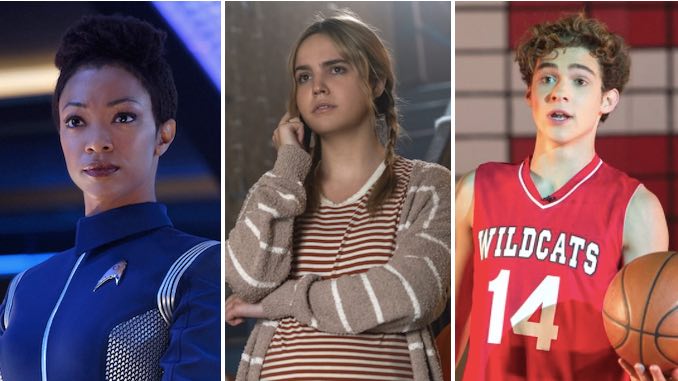We May Not Want More Reboots, but New Streaming Services Depend on Them

The rise of streaming has brought a massive change to the TV landscape over the last decade. We have gone from an original series from Netflix being a novelty to a huge chunk of Emmy nominations hailing from one of the many streaming platforms around today. While the oldest of the streaming giants—Netflix and Hulu—have the most accolades to their name, the market has been blown wide open as streaming has become a more popular way to consume media.
As newer competitors like Disney+, HBO Max, and Paramount+ have entered the scene, they needed something to hook consumers in a way that no other service could. With so many streamers to choose from and hundreds of shows premiering every year, everyone has to make their mark. Ironically, these efforts were all drawn from the same idea: slamming defibrillator paddles on a sleeping franchise to draw in its specific fanbase, i.e. recognizable library content. And they have it, buried amid their massive studio IP. If it has felt like every other show in existence is some sort of reboot, revival, or spinoff, it is because they are. There has been a significant increase in these productions in both the animated and live-action realm. And that influx of nostalgia-based programming is not going to slow down any time soon.
In a general sense, not all reboots and revivals are the load-bearing walls for the streamers they call home. Fuller House came three years after Netflix had established a solid slate of original programming across countless genres—a smart move as their library of bread-and-butter comfort watches (The Office, Friends, Parks and Rec, and more) were set to start disappearing as other studio-based streamers began to rise and reclaim them. Sure, people were starting to lose out on the ability to binge their favorite shows for the hundredth time, but they were getting the chance to see other shows they loved get a new life. Starting an original series is a gamble, but a revival potentially offers the same comfort a legacy series did—and that can keep subscriber numbers flowing.
Though Netflix is losing their stronghold on subscribers for the first time in its history, and they seem to love to cancel things at random, their original content library is still mostly original. Of course, Netflix kicked off its streaming era reviving canceled series from other networks, like FOX’s Arrested Development. Since then, the strategy has shifted, as revivals of old TV shows and movies have been eclipsed by adaptations of books or comics, as well as shows that are purely original, plus a vast catalog of international imports. The Netflix Originals brand is solid; we associate it with Stranger Things and Orange Is the New Black well before a revival like One Day at a Time. It is not that revivals or reboots on Netflix can’t stand on their own, it’s that they don’t need to. Netflix has the advantage of being first to the streaming race and while that means that it must work hard to not lose more subscribers, it does not have to do the legwork all the new kids do.
-

-

-

-

-

-

-

-

-

-

-

-

-

-

-

-

-

-

-

-

-

-

-

-

-

-

-

-

-

-

-

-

-

-

-

-

-

-

-

-








































